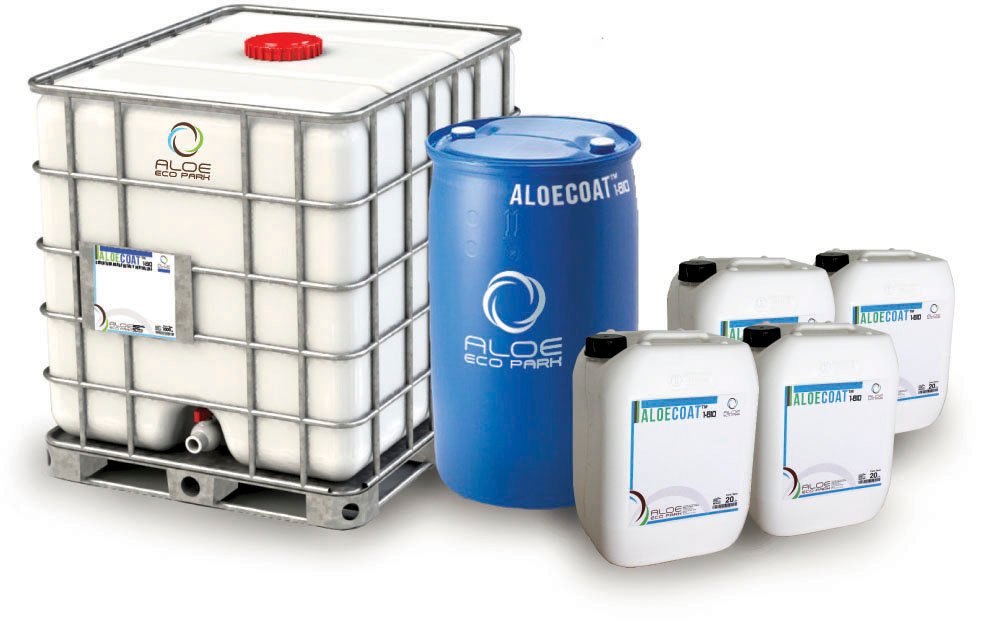Introduction to Aloe Vera in Animal Nutrition
Aloe vera, a succulent plant renowned for its numerous health benefits, has gained considerable attention in the field of animal nutrition, particularly for cattle.
Historically, aloe vera has been utilized in veterinary medicine and agricultural practices for its therapeutic properties. Its application can be traced back centuries, where it was prized not only for its physical healing traits but also for its potential to enhance overall animal welfare.
Recent years have seen a resurgence of interest in natural and botanical supplements, leading to an increased focus on the role of aloe vera in formulating sustainable nutrition for cows.
The growing demand for eco-friendly and sustainable animal nutrition products reflects a shift in consumer preferences towards solutions that are both safe for animals and considerate of environmental impacts.
Aloe vera’s rich composition, including vitamins, minerals, and amino acids, positions it as a valuable ingredient that can contribute to the health and productivity of cows.
Moreover, its properties support digestive functionality and immune response, which are crucial for maintaining high levels of animal welfare. This plant’s adaptability to various agricultural practices further underscores its relevance in sustainable farming systems.
As the livestock industry faces challenges arising from climate change, resource scarcity, and the increased need for responsible farming, the integration of aloe vera emerges as a pivotal solution. Its use not only promotes the health of individual animals but also aligns with broader initiatives aimed at reducing the environmental footprint of livestock production.
In this context, aloe vera stands out as a prime candidate for enhancing the sustainability of cattle nutrition while meeting consumer demands for environmentally conscious products. The exploration of aloe vera in this sector presents an exciting opportunity for advances in animal care and public health through innovative nutritional approaches.
Characteristics and Benefits of Aloe Vera for Cows

Aloe vera has emerged as a valuable additive in the sustainable nutrition of cows, owing to its rich biological and chemical characteristics. The plant is well known for its high concentrations of vitamins and minerals, which are vital for the overall health of bovines.
Specifically, Aloe vera contains key vitamins such as A, C, and E, which serve as powerful antioxidants that can boost the immune system and improve overall vitality in cows. Additionally, it provides essential minerals like calcium and magnesium, which are crucial for bone health and metabolic functions.
Another significant aspect of Aloe vera is its enzyme content, which includes amylase, lipase, and protease. These enzymes play a crucial role in enhancing the digestibility of feed, facilitating a better breakdown of nutrients in the cow’s digestive system.
As a result, the absorption of nutrients is significantly improved, which can lead to better growth rates and overall productivity in dairy and beef cattle. Research has indicated that the inclusion of Aloe vera in cow diets can lead to increased feed efficiency, thus minimizing waste and promoting sustainable farming practices.
Moreover, Aloe vera is composed of amino acids that contribute to protein synthesis, which is essential for muscle growth and maintenance in cows. The presence of these amino acids aids in the recovery from stressful conditions, thereby promoting a healthier and more resilient herd.
Scientific studies have shown that cows fed with Aloe vera not only exhibit improved milk production but also demonstrate better health indicators, such as lower occurrences of diseases and improved reproductive performance. This underscores the importance of Aloe vera as an effective ingredient for optimizing bovine nutrition, aligning with sustainable agricultural practices.
Product Formulations and Performance Metrics
Aloe vera has gained significant recognition in the field of sustainable animal nutrition, particularly as a nutritious and functional ingredient for cattle diets.
Various product formulations have been developed, encompassing feed additives, dietary supplements, and complete feeds that inherently include aloe vera to capitalize on its health-promoting properties. These formulations aim not only to enhance the nutritional profile of the feed but also to address specific challenges faced by dairy and beef cattle.
As a feed additive, aloe vera may be included in small quantities to promote digestion and improve nutrient absorption. Its polysaccharides and enzymes have been shown to assist in gut health, thereby potentially enhancing feed efficiency. In addition, dietary supplements containing aloe vera are increasingly popular, often presented in liquid or powdered forms. Such supplements are tailored to improve specific outcomes such as immune function, thereby contributing to overall herd health.
Complete feeds that integrate aloe vera often combine this ingredient with other vital nutrients to create a balanced diet that supports optimal growth rates, enhances milk production, and improves reproductive health in cows.
Studies have illustrated that cows consuming aloe vera-enhanced feeds exhibit higher weight gains and superior milk yields compared to those on conventional diets. Moreover, these formulations may bolster reproductive health by improving conception rates and reducing calving intervals, critical metrics for dairy operations.
The incorporation of aloe vera into cattle diets has also been linked to increased disease resistance, with some case studies demonstrating that cows receiving aloe vera-infused products show lower incidences of common illnesses, leading to reduced veterinary costs and improved animal welfare.
With anecdotal evidence and ongoing research supporting these benefits, the application of aloe vera in animal nutrition appears promising, paving the way for innovative formulations that champion both animal health and sustainable practices in agriculture.
The Methane Problem
Aloe vera formulations to improve animal nutrition and increase milk production had been on the markets from some years ago. Now, our revolutionary formulation adds the advantage of reducing methane emissions.
Livestock farming has been considered as one of the major drivers of climatic changes, due to substantial contribution of greenhouse gas (GHG) emissions including methane and nitrous oxide to the environment.
Aloetrade America LLC now offers NUTRIALOE-COW-12™, an aloe based novel additive for the animal nutrition industry, which improves production efficiency.
NUTRIALOE-COW-12™ is an aloe based formulation to improve milk production, increase feed digestibility and reduce methane emissions, thus improving the carbon footprint of any livestock farm business.
Conclusion and Future Perspectives
In conclusion, the incorporation of aloe vera into sustainable animal nutrition, particularly for cows, presents a promising avenue for enhancing the health and productivity of livestock.
The multifunctional benefits of aloe vera, which include improvement in digestion, enhancement of immune response, and reduction of stress levels in animals, illustrate its potential as a natural supplement in feed formulations.
As the agricultural industry seeks to reduce its environmental footprint and enhance the welfare of livestock, the use of natural ingredients like aloe vera is becoming increasingly significant.
The future of sustainable animal nutrition appears to be leaning towards greater integration of plant-based additives, with aloe vera at the forefront due to its numerous health benefits.
The trend towards organic and holistic farming practices indicates that more farmers may opt for natural alternatives to synthetic feed additives, underscoring the viability of aloe vera. Moreover, the global shift towards sustainability is likely to spur increased demand for natural solutions that improve animal well-being while minimizing ecological impacts.
Ongoing research into the efficacy of aloe vera in cattle nutrition is essential for validating its benefits and optimizing its application. Studies exploring optimal dosages and methods of incorporation into diets can further elucidate its role in promoting health and enhancing productivity in cows. The combination of traditional knowledge and modern science will facilitate the development of innovative feeding strategies that harness the full potential of aloe vera.
As we look ahead, it is vital for researchers, farmers, and nutritionists to collaborate on this journey, continuing to explore and innovate the applications of aloe vera in livestock nutrition. By embracing this natural resource, the industry can move towards a more sustainable future, ultimately benefiting both animal health and environmental conservation.


